How IoT Devices Are Transforming Everyday Lives
IoT devices are rapidly transforming everyday lives, connecting everyday objects and automating tasks for a more efficient and comfortable experience. This incredible technology is revolutionizing everything from the way we manage our homes to how we interact with our environment, ushering in a new era of convenience and innovation. This article delves into the fascinating ways IoT devices are impacting our daily routines, touching upon various facets of everyday life where this technology is making a difference. We’ll explore how they’re automating tasks, optimizing energy consumption, and enhancing safety and security. Expect a comprehensive overview, backed by examples and a roadmap for the future of IoT.
1. Revolutionizing Home Automation
1.1 Smart Homes: A New Level of Convenience
Smart home systems are at the forefront of IoT’s impact on daily life. These systems use interconnected devices to automate household tasks, from adjusting lighting and temperature to managing security. With advanced technology, you can easily control everything remotely, saving time and energy. Imagine waking up to a perfectly heated home or dimming lights automatically as you step in, based on sensor feedback.
1.2 Optimizing Energy Consumption
Smart thermostats and lighting systems learn from user patterns and adjust energy consumption accordingly. These systems, often paired with energy management software, result in noticeable energy savings and reduced utility bills. Smart plugs can automatically shut off appliances when not in use, further optimizing energy efficiency.
1.3 Enhancing Security and Safety
Home security systems are another important area where IoT devices have made significant strides. Cameras, sensors, and doorbells work together, providing real-time monitoring and alerts, boosting peace of mind. Imagine receiving a notification if your front door is left open, creating a secure environment for your family.
2. Transforming Transportation
2.1 Connected Cars: A Seamless Driving Experience
The automotive industry is embracing IoT to create a more connected and intuitive driving experience. Connected cars leverage real-time data, allowing for features like predictive maintenance, improved traffic navigation, and even enhanced safety systems. Imagine a car that automatically adjusts its speed based on traffic conditions, streamlining your journey and potentially reducing accidents.
2.2 Optimized Navigation and Traffic Management
IoT devices in vehicles can gather real-time traffic data and suggest alternative routes, helping drivers avoid congestion and reach their destinations faster. This improved navigation, coupled with real-time updates, has significant advantages for reducing commute times and increasing efficiency.
2.3 Enhanced Safety Features
Advanced driver-assistance systems (ADAS) are becoming commonplace in modern vehicles. Sensors, cameras, and radar systems work together to provide a range of safety features, improving reaction time and reducing accident risks, enhancing overall safety standards for drivers and passengers.
3. Optimizing Healthcare
3.1 Remote Patient Monitoring
IoT devices enable remote patient monitoring, allowing healthcare providers to track vital signs and health conditions remotely. This can significantly improve patient care and enable early intervention in cases of health deterioration. Imagine a system that constantly monitors your heart rate and alerts medical professionals if something isn’t right, potentially saving a life.
3.2 Improved Diagnostics and Treatment
Connected medical devices can assist in diagnostics and treatment planning. These devices provide real-time data to doctors, enabling faster diagnoses and optimized treatment strategies, improving patient outcomes significantly.
3.3 Enhanced Accessibility and Convenience
The accessibility and convenience provided by IoT devices are particularly important for patients with chronic conditions or those in remote areas. These devices enable easier access to medical support and reduce the burden on patients and healthcare systems.
4. Modernizing Agriculture
4.1 Precision Farming
IoT sensors are revolutionizing farming practices, enabling precision farming methods. These sensors can monitor soil conditions, crop health, and weather patterns, optimizing resource usage and crop yields. Smart irrigation systems and automated machinery adjust to changing environmental conditions, enhancing agricultural output significantly.
4.2 Optimized Resource Management
Monitoring and controlling resources like water and fertilizer is critical for sustainable agriculture. Sensors and data analytics play a crucial role in optimizing resource management in agriculture, maximizing productivity while reducing environmental impact and improving efficiency.
4.3 Predictive Maintenance
Predictive maintenance of agricultural equipment helps farmers anticipate potential equipment issues, reducing downtime and costly repairs. The data collected from these sensors allows for proactive maintenance, ultimately saving time and money.
Related Post : Exploring the Potential of Quantum Computing for Everyday Use
5. Improving Industrial Processes
5.1 Enhanced Efficiency and Productivity
IoT plays a crucial role in optimizing industrial processes. Connected devices monitor equipment performance, identify potential issues, and predict maintenance needs, streamlining operations and boosting productivity. Real-time monitoring enables proactive maintenance to prevent costly shutdowns and improve operational efficiency.
5.2 Improved Safety Measures
IoT devices enhance safety measures by monitoring hazardous environments, notifying workers of potential risks, and improving overall workplace safety. Real-time monitoring systems are critical for early detection of safety risks and improving occupational safety protocols.
5.3 Data-Driven Decision Making
The data collected from IoT sensors and devices allows for data-driven decision-making in industrial settings. By analyzing real-time data, industries can optimize processes, improve product quality, and enhance overall efficiency in manufacturing and service industries.
In conclusion, IoT devices are revolutionizing everyday lives by connecting and automating tasks, leading to improved efficiency, comfort, and safety. From smart homes to connected cars, the transformative potential of IoT is vast, promising even more innovative applications in the future. Explore the possibilities by researching smart home systems and connected car technology. By understanding the core concepts of IoT technology, you can prepare for a future where these technologies further integrate into our daily routines and help us lead more fulfilling lives.
Share this content:


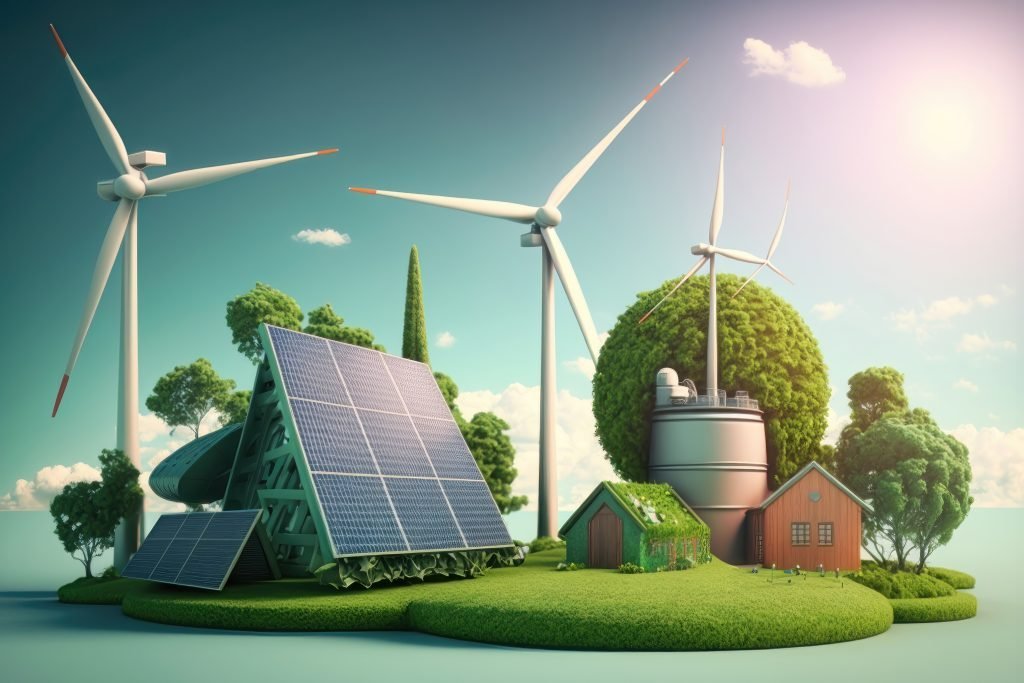


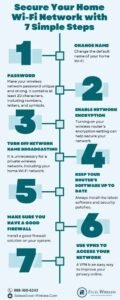



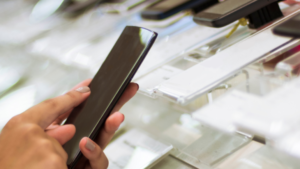
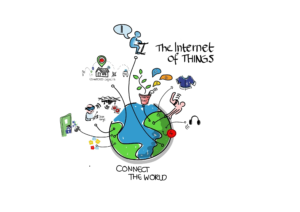

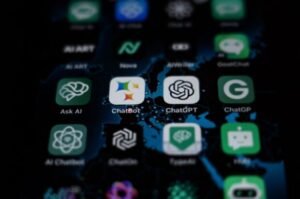

2 comments